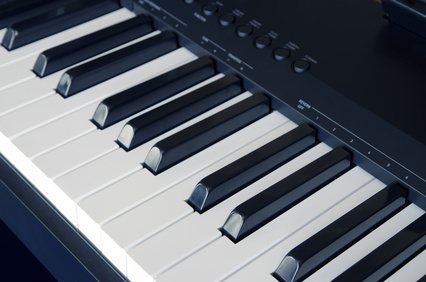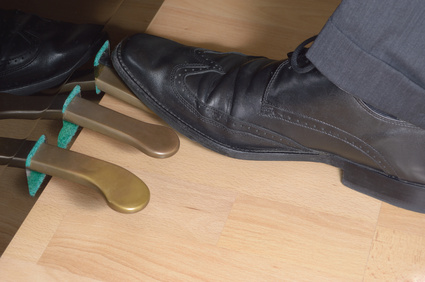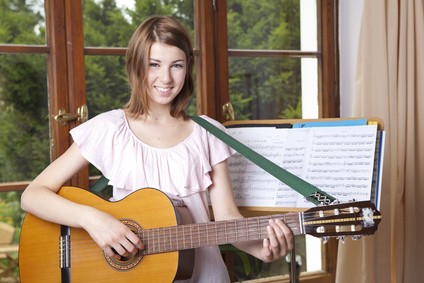 For some instruments, like electronic keyboards for piano students, purchasing is usually best. Please follow this link for advice on Choosing an Electric Keyboard. However, for instruments like cello, violin and school band instruments, renting is often a perfect option.
For some instruments, like electronic keyboards for piano students, purchasing is usually best. Please follow this link for advice on Choosing an Electric Keyboard. However, for instruments like cello, violin and school band instruments, renting is often a perfect option.
Below are tips from music educator and multi-instrumentalist, Chad Ellis:
Should I rent or buy?
Your son or daughter saw someone at church, on television or the internet playing an instrument and wants lessons! Excited to sign them up for their first lesson you suddenly realize that you need to get them their instrument that they are interested in. Online sources or stores promise a great deal on instruments, but you are unsure exactly what brand or in some cases what size to get.
One thing to consider when buying an instrument is that younger students may change their mind on which instrument they want to stick with, which is very normal in the beginning stages of music development. (It is important to note that though the student may change instruments the information obtained will transfer over from each instrument.)
Rather than investing in a new instrument, I would highly recommend renting one first for a few months. The benefits of renting one are:
- It allows you to test the student’s interest in the instrument before committing to buy one.
- There are often rent-to-own options, so rent can be applied towards buying the instrument.
- For some instruments the students need to be tested for the proper size. Stores that offer instrument rentals have the know how in determining the proper size for the student. As the student grows, they can easily switch to renting a larger instrument.
- Places that offer rentals usually have high quality beginning instruments which is important for the student.
For any questions or for referrals to local stores offering rentals, please feel free to contact us.
For information about music lessons at the Altadena Academy of Music, please call (626) 296-0799 or use our email contact form.




